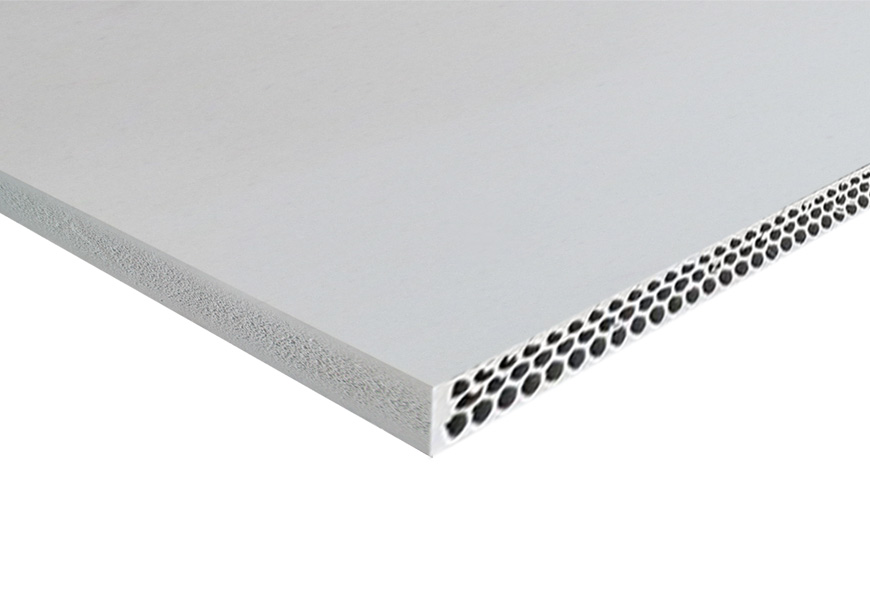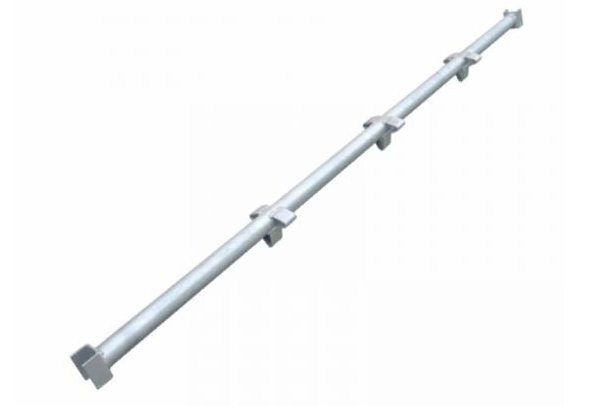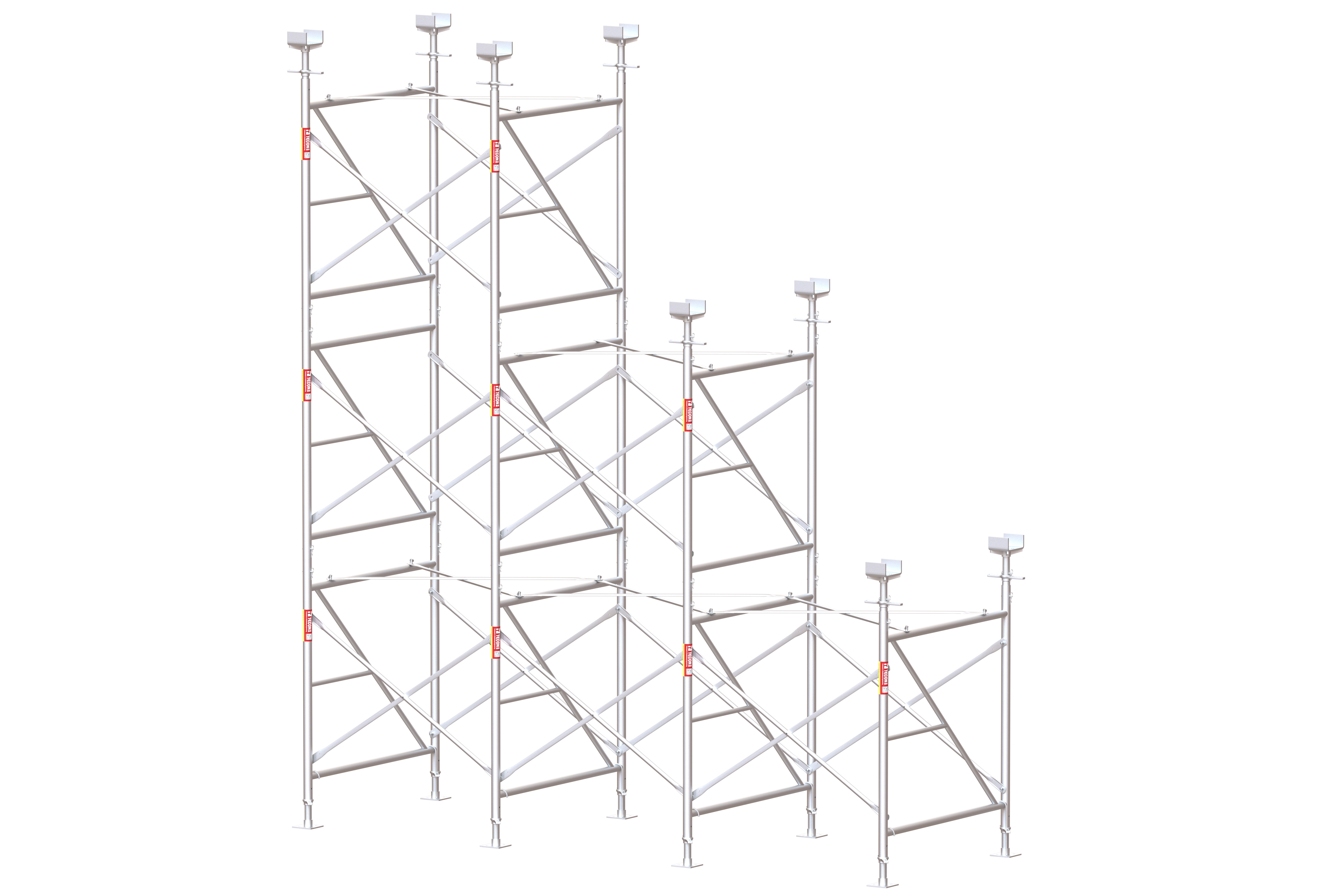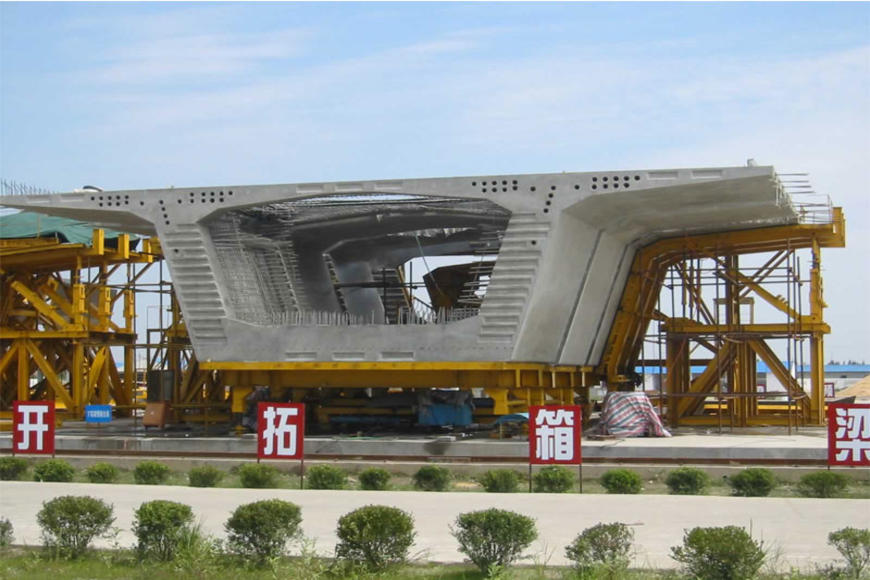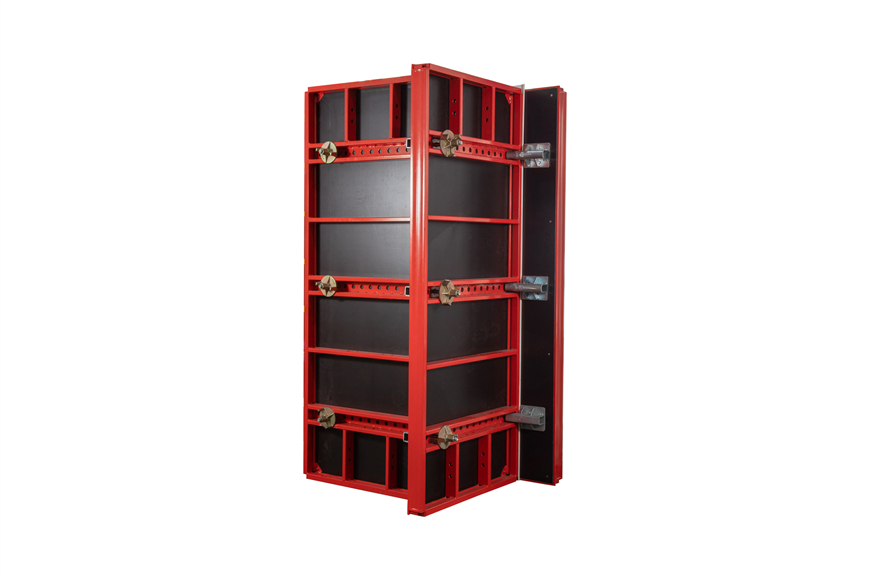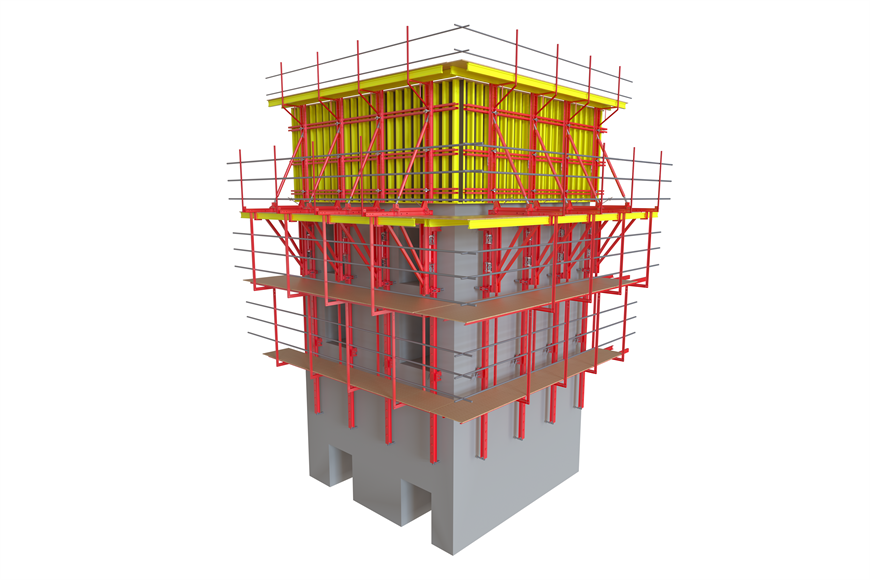Construction is a pillar industry of the national economy, and it will have a great development in the future. The development of the construction industry has led to the development of building materials, and new building materials are constantly emerging. Traditional building shuttering uses wood and steel. Due to timber resources, wooden formwork has gradually withdrawn from the construction field.
Steel formwork can meet construction needs, but steel and cement are sticky and rusty, so it is challenging to demold the steel formwork after construction. A layer of release agent must be applied before use, which brings a cumbersome structure. In addition, the release agent also pollutes the steel bar and the building surface, which brings difficulties to the next building construction.
The steel formwork is easy to collide and deformed during use, which makes the surface of the poured cement uneven and has to be smoothed with cement. A building shuttering also uses bamboo as a raw material, which first cuts the bamboo into pieces and weaves it into a specific shape. And then adhesive lamination. However, the hydrophilic characteristics of bamboo itself, after use, the waterproof layer is destroyed, and it is easy to cause deformation and damage after being damp.
Hollow plastic building shuttering is an energy-saving and environmentally friendly product. It is another new generation of wood formwork, combined steel formwork, bamboo-wood glued formwork, and all-steel large formwork. It is expected to replace traditional steel, and wood formwork is energy-saving, environmentally friendly, and low amortization costs.
Hollow plastic building shutters have been used to replace traditional materials, and their role is becoming more and more important. Compared with traditional templates, it has the following eight advantages:
1. Smooth and clean. The formwork is spliced tightly and smoothly. After demolding, the surface flatness and smoothness of the concrete structure exceed the technical requirements of the existing clear water formwork. No secondary plastering is required, which saves labor and materials.
2. Lightweight and easy to install. Lightweight, strong process adaptability, can be sawed, planed, drilled, nailed, and formed into any geometric shape at will to meet the needs of various conditions of building support.
3. Easy to demould. The concrete does not stick to the board surface or requires a release agent and is easy to clean the dust.
4. Stable and weatherable. High mechanical strength, shrinkage, swelling, cracking, deformation, dimensional stability, alkali resistance, anti-corrosion, flame retardant, waterproof, rodent and insect-proof.
5. Conducive to maintenance. The building shuttering does not absorb water and requires special care or storage.
6. Strong variability. Types, shapes, and specifications can be customized according to the requirements of construction projects.
7. Reduce costs. There are many turnover times, and the use cost is low.
8. Energy saving and environmental protection. All scraps and used templates can be recycled with zero waste discharge.
